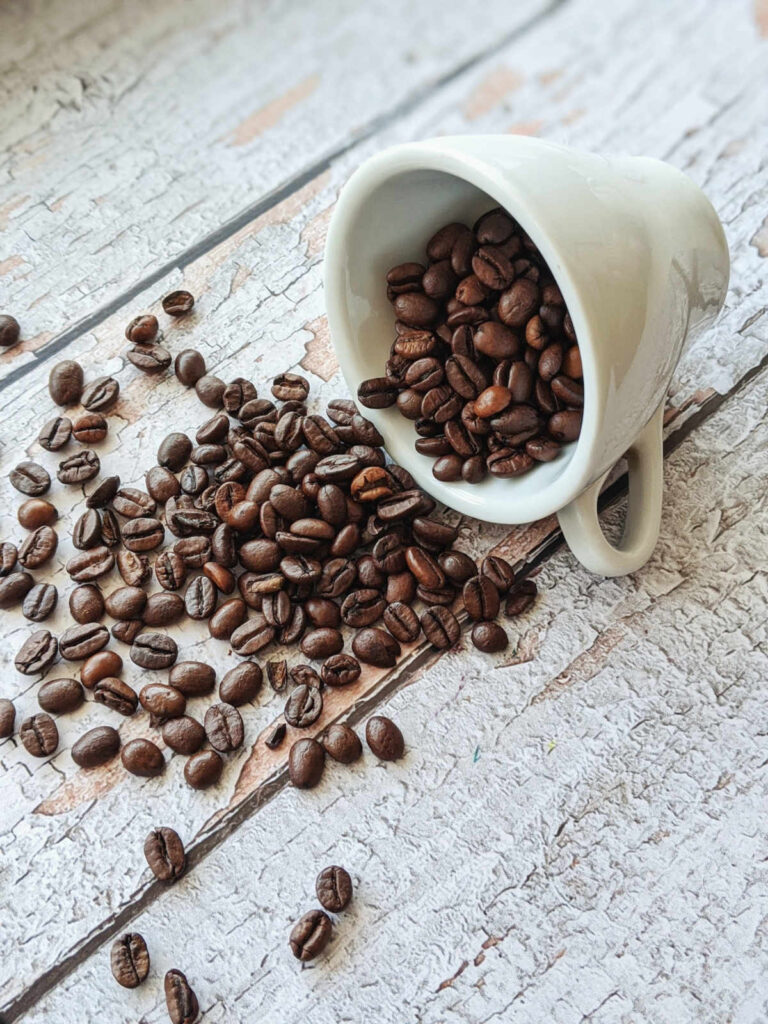If you think liberica coffee is rare and unusual (forming about 1.5% of total world coffee production), hold tight because today I want to tell you about excelsa coffee (its species name is: Coffea liberica var. dewevrei), though it was previously classified as Coffea excelsa. Excelsa coffee beans currently make up less than 1% of world coffee production.
So how can a coffee bean no one has heard of be so important? Well, like its parent, liberica, it’s able to grow at lower altitudes than arabica coffee (as low as 2,500 feet) and is extremely resistant to pests and diseases that could devastate the more commonly grown arabica and robusta coffee plants.
Origins
One of the most exotic coffees in existence and cultivated only recently. Excelsa was discovered in central Africa in the early 20th century. It’s since been distributed throughout Southeast Asia, including Vietnam, Indonesia, Liberia, Sierra Leone and the Philippines.
Its extreme rarity, perhaps, contributed to some uncertainty around its precise origins and even its name. Until 2006, it was variously known as Coffea excelsa, Coffea dewevrei and Coffea dybowskii. In 2006, due to its size and growth patterns, it was re-classified as a subspecies of liberica coffee, and given the species name: Coffea liberica var. dewevrei.
There is some justification for the name change, it grows on large coffee trees, with very similar characteristics to liberica coffee trees. However, while the liberica bean is long and thin and unevenly shaped, the excelsa coffee bean is small and round, like arabica coffee beans.
Growing excelsa coffee
The excelsa coffee tree grows best in tropical climates with ample rainfall and rich, well-drained soil. These trees can grow up to 30 feet in height. Excelsa coffee beans are typically ripe and ready for harvest around 6-8 months after the flowers have bloomed.
The beans are small, unlike their parent, dark-roasted beans that have a strong, rich flavor. Typically harvested by hand, excelsa coffee plants are tall, slender trees with dark green leaves. Excelsa beans grow in clusters of 3-5 beans.
Roasting the beans turns them a deep brown color and they develop a strong aroma. Excelsa coffee beans have a rich, robust flavor that is perfect for those who enjoy a strong cup of coffee. If you’re looking for a coffee with a bold flavor, excelsa beans are a great option.
What does it taste like?
Excelsa coffee has a unique flavor, it’s often described as being earthy and nutty with hints of chocolate. If you are looking for a high-quality cup of coffee, excelsa is definitely worth trying!
It is virtually impossible to find pure excelsa coffee outside of South East Asia. Even where it is cultivated, excelsa is often added to other, lesser beans, such as robusta, to improve the overall quality and coffee experience. Excelsa coffee beans, expertly blended with other beans, can create a much more enjoyable coffee drinking experience.
Where is excelsa coffee grown?
Excelsa coffee plants are native to Southeast Asia and produce some of the most sought-after coffee beans in the world. The plants are relatively easy to grow, but there are a few things to keep in mind in order to produce a high-quality crop. First, excelsa coffee plants need a lot of sun and warmth in order to thrive. They need to be in an area that gets full sun for at least six hours per day. Secondly, excelsa coffee plants need well-drained soil.
The soil should be rich in organic matter and have a slightly acidic pH level. Excelsa coffee plants need regular fertilisation to produce a high yield of beans. With proper care, excelsa coffee plants will provide a bountiful harvest of delicious beans for years to come. Coffee enthusiasts around the world know that excelsa coffee beans are some of the best available, and those lucky enough to have a plant or two in their own backyard can enjoy the freshness and flavor of home-grown coffee.
What’s the difference between arabica robusta liberica and excelsa?
Each varietal of coffee brings unique qualities.
Robusta, as its name implies, is a full-on coffee experience. It can be harsh, bitter, some even compared to burnt rubber in smell. But it produces the best crema, so beloved of espresso drinkers. Produced in vast quantities, almost all robusta production goes to instant coffee producers.
Arabica, named after its earliest documented usage on the Arabic peninsular, has a lighter richer and more enjoyable flavor. It’s loved for delicious aromas, of citrus to vanilla. 100% pure arabica coffee beans rarely disappoint.
Reading the descriptions of arabica and robusta could easily leave you thinking robusta is best avoided. However, when well-blended with good quality arabica beans, the resulting coffee can make the most exciting espresso. And as you know, a shot, or two, of espresso can start your day like no other. Particularly if used as the basis for your preferred coffee drink.
Liberica coffee beans have rarity and quality. combined with great fruit flavors. It is also very much lower in caffeine than both arabica and robusta.
Least well-known of all, excelsa coffee has had many names since first discovered in the early 20th century. It suffered the indignity of a downgrade to a subspecies of liberica in 2006. Excelsa has some great qualities- like flavor, aroma of the brewed coffee and, like its liberica parent, it is more resistant to pests and diseases and can grow at lower altitude than robusta and arabica coffee plants.
it’s just a shame its not possible to find unblended excelsa coffee beans outside of its growing regions. Perhaps that is reason enough to plan a trip to South East Asia?
Hi, I’m Eric Loftuss, co-founder of Bean Thirst with my wife Sophie.
My Coffee journey started young. I used to help my mom with the weekly shopping trip and we always called in to a coffee wholesaler and retail outlet in our town.
I really started to learn about coffee when, while in college, I worked in a local coffee shop and trained as a barista. Even though I went on to qualify and work as a lawyer, I still get a kick out of brewing a cup of Joe.
Sophie and I are so glad to be part of your coffee journey. Find out more about us

